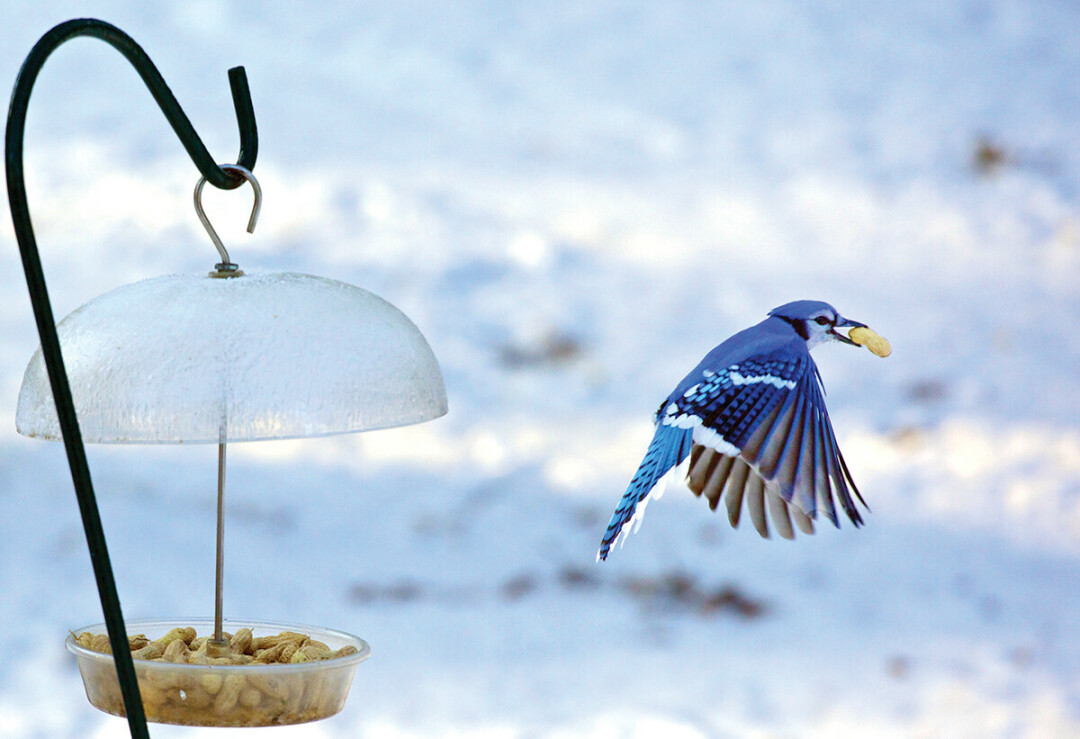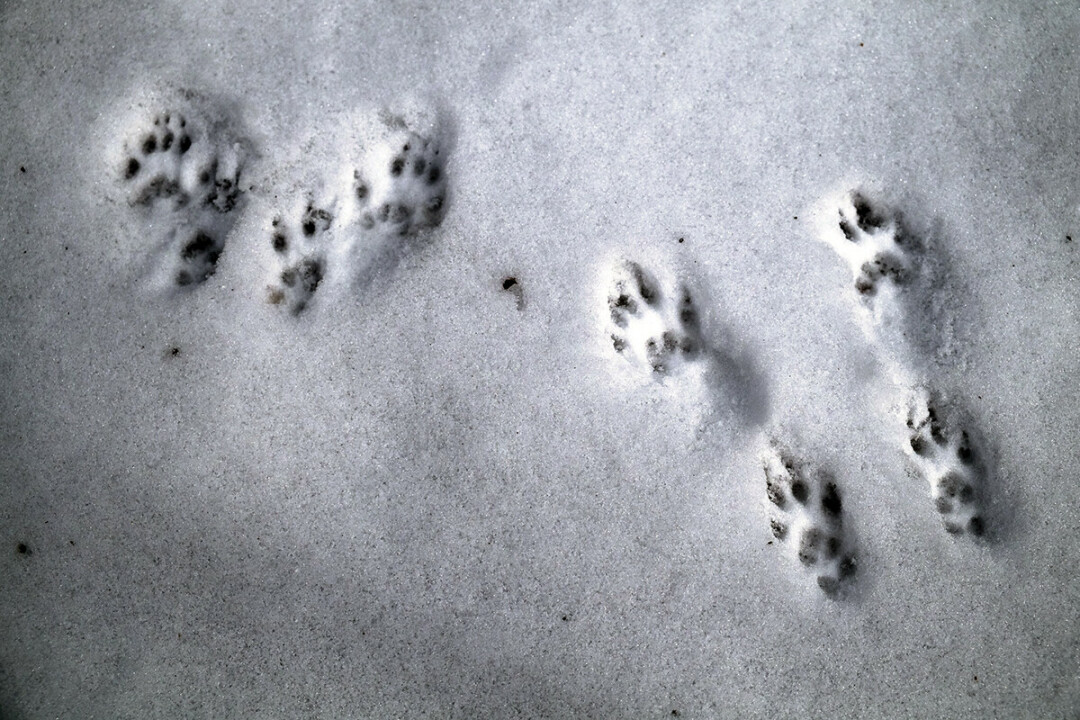Winter Wildlife Can Bring Family Fun
colder temps, snow make looking for critters an exciting challenge

During the cold winter months, life slows down as both people and animals take shelter to stay warm. While some wildlife hides away and hibernates, other animals continue to roam, leaving signs of activity behind them. If your family is willing to brave the chill, winter is a great time to explore and observe a different side of nature.
Here are some fascinating and fun ways for your family to engage with wildlife, even in frosty weather.
Search for Animal Tracks
During the winter, the weather change makes it easier to find the footprints that animals leave behind. Look for a patch of open ground, especially where there’s mud, sand, or snow, and see if you can spot any tracks that have been left behind. Notice patterns and where the tracks go to make guesses about the animal and its habits. Are the tracks spread far apart? Do they go in a straight line or wander around? Is there one set or multiple? If you follow the tracks and they’re fresh enough, you might even catch a glimpse of the animal that made them.
Turn your trek into an extension activity by drawing a sketch of the tracks or taking a picture of the tracks you find. Then look up the tracks at home to see what animals live or have traveled through your neighborhood. If you’re really ambitious, you could even bring materials with you to make a cast of the footprints you find.
Feeding Animals (With Caution)
Food for animals tends to be more scarce in the winter, particularly berries and seeds, which birds and small animals rely on. Winter food shortages are especially likely for animals like squirrels that hide food for later. Animals often lose their stockpiles in parks or backyards because of changes influenced by humans, such as fall cleanup.
It can help wildlife if you have healthy food in your yard, such as seeds, nuts, and fruit. But be careful about how you do this so animals don’t become dependent on being provided food by humans, which hurts wildlife in the long run. Don’t put food out regularly. Instead, put it out on an occasional basis. Also, be careful about the kind of food you offer. Some foods may be better or worse than others for the animals in your area. Also, don’t attempt to feed animals by hand because it isn’t safe for you or them. When wildlife gets too comfortable around humans, it can become a nuisance, ultimately requiring it to be removed or destroyed.

Animal Scavenger Hunt
Make a list of the animals in your area. Then go on a nature walk and track how many of each you see. Leave room on your list to add any surprises you spot while you’re out. For more fun, turn it into a photo scavenger hunt and snap a picture of each animal.
Even if there are fewer active animals near you during winter, there may be insects around to hunt for. Grab a magnifying glass and crouch down low in the dirt and plant growth to hunt for some creepy crawlers to observe.
Birds are also fascinating with the broad range of species. They’re also easier to spot in the winter as leaves have fallen from the trees, and the outdoors is quieter. Stand quietly near bare trees and listen for birds calling out, watch them flying around, and spot their nests tucked up in the trees.
Make Your Yard Safe for Local Wildlife
Winter can be hard for animals. But there are some simple things you can do at home to make your outdoor spaces more animal-friendly:
- Leave out fresh water for animals to drink from or bathe in.
- Have some “wild” natural spaces animals can use to burrow in or create habitat spaces from. You can also provide shelter spaces such as bird boxes or compost piles.
- Ensure that any feeders, baths, or habitats are sanitary and free of mold or other potentially harmful buildups.
- Plant fruit trees and shrubs to share with local wildlife. Cover anything that you want to keep for yourself. But consider planting extra for birds and animals.
- Before lighting fires with natural debris like leaves, twigs, and brush, check for any signs of animals hiding inside or indications they may be using it for shelter. Do the same before cutting down trees or other growth.
Support Wildlife Rehabilitators
Another way to help local wildlife is by supporting your local wildlife rehabilitation center. These organizations are often very busy during the winter months, with animals struggling too much to be released safely into the wild. You can donate canned food, blankets, other soft items, or your time to help care for the animals. Contact your local center and ask about their current needs.


















